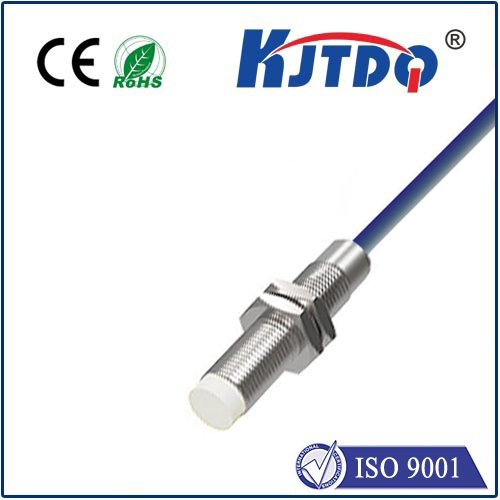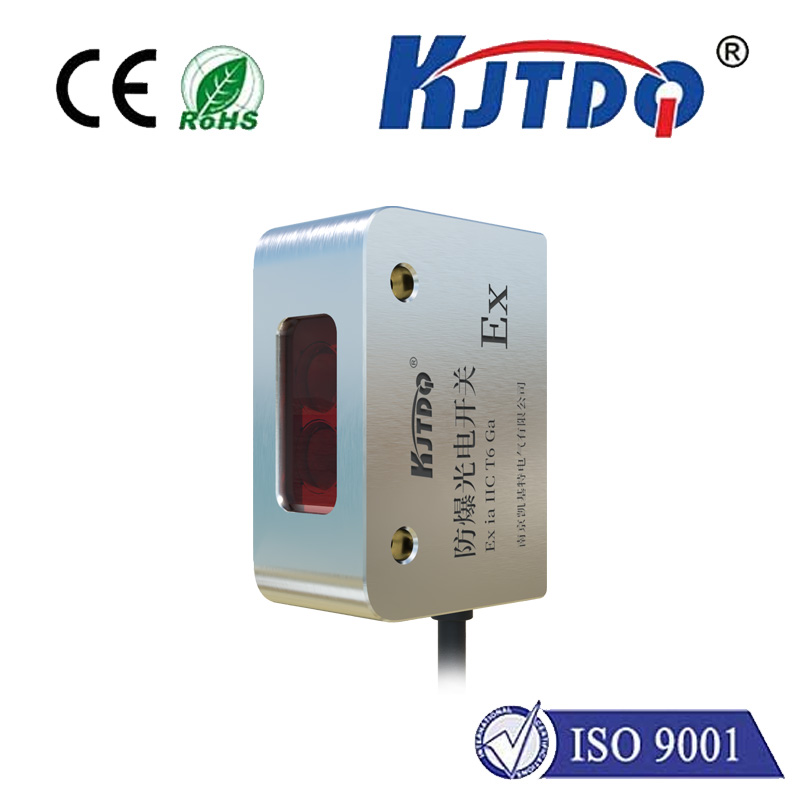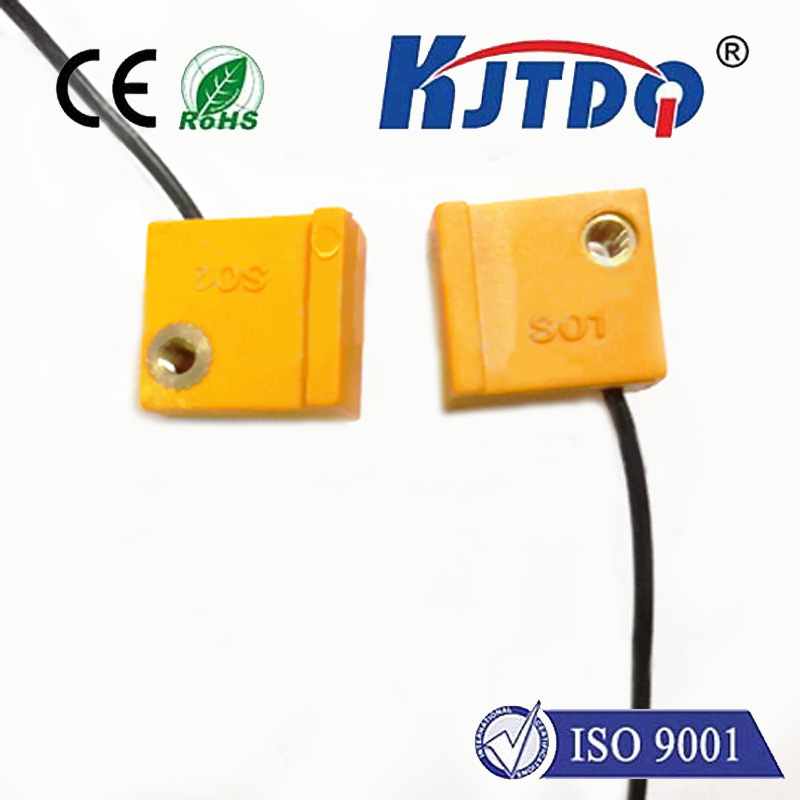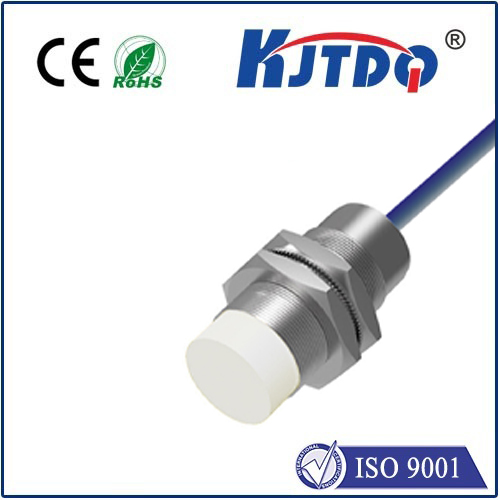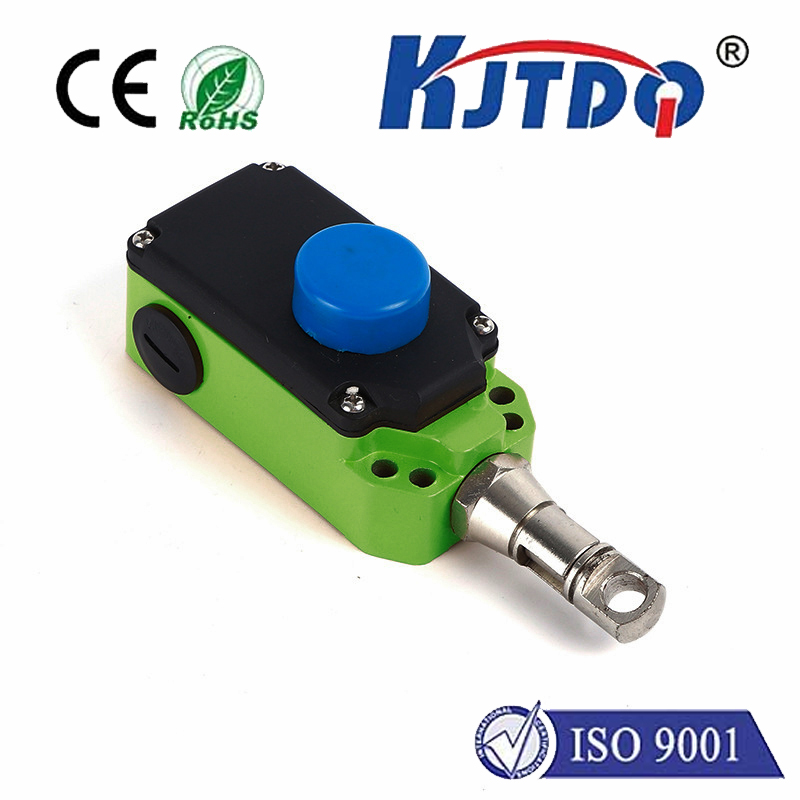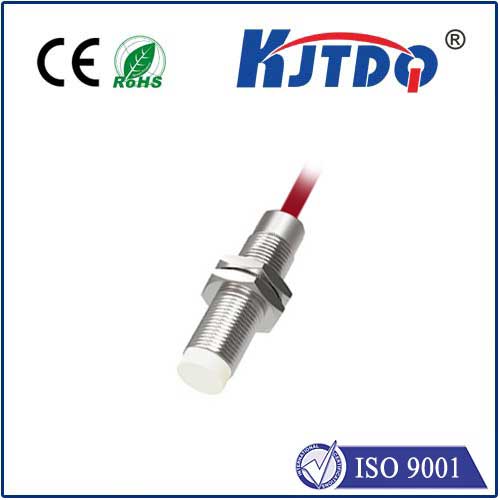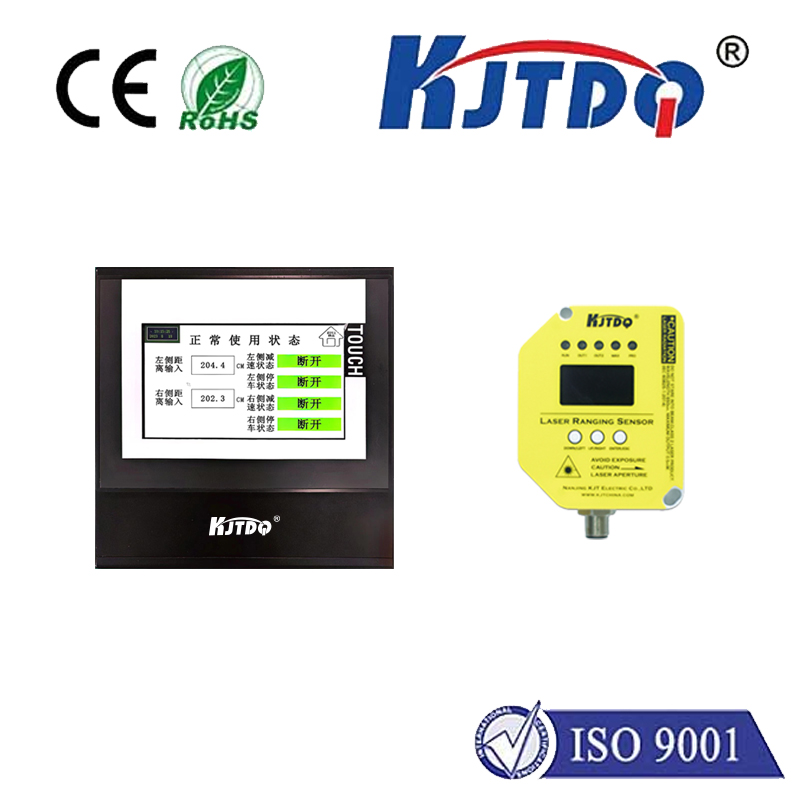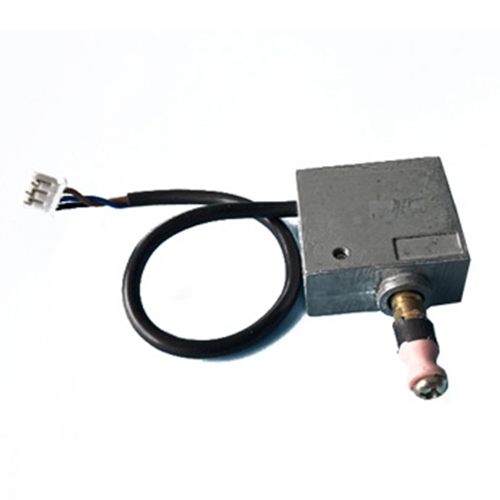BES014M high pressure proximity sensor
- time:2025-09-29 22:18:58
- Нажмите:0
The BES014M High Pressure Proximity Sensor: Engineered for Demanding Industrial Environments
Imagine a massive hydraulic press forging steel components, or a high-pressure water jet slicing through metal. Within these intense industrial settings, reliable sensing isn’t just convenient – it’s absolutely critical for safety, precision, and preventing costly downtime. Standard proximity sensors falter under extreme pressure, risking failure and inaccurate feedback. This is where purpose-built components like the BES014M High Pressure Proximity Sensor step in, offering robust sensing precisely where pressures soar.
Modern industrial automation demands sensors capable of thriving in punishing conditions. The BES014M exemplifies this engineering ethos, specifically designed as an inductive proximity sensor optimized for applications submerged in hydraulic fluids or exposed to exceptionally high ambient pressures. It transcends the limitations of standard sensors, delivering consistent and dependable detection performance where others cannot.
Understanding the Core Technology: Inductive Sensing Under Pressure
At its heart, the BES014M operates on the principle of inductive proximity sensing. It generates a high-frequency electromagnetic field emanating from its sensing face. When a metallic target (typically ferrous or non-ferrous metals like steel, aluminium, or brass) enters this field, eddy currents are induced within the target. These eddy currents absorb energy from the sensor’s electromagnetic field. The sensor continuously monitors this energy change. Once the disturbance caused by the target surpasses a predefined threshold, the sensor’s internal electronic circuit triggers a switch – solid-state outputs (PNP or NPN, depending on model variant) change state to signal the presence or absence of the target.
This fundamental inductive technology is renowned for its contactless operation, longevity (no moving parts), and high switching frequencies. However, the high pressure capability is what truly distinguishes the BES014M. Standard inductive sensors can experience housing deformation, seal failure, or erratic signal behavior when subjected to significant external pressure differentials.

Engineered Resilience: Conquering High-Pressure Environments
The BES014M tackles this challenge head-on through meticulous design and robust construction:
- Robust Stainless Steel Housing: Typically featuring a resilient M12 x 1 threaded stainless steel body (V4A/316L or similar grade), the sensor offers exceptional corrosion resistance – vital for exposure to aggressive hydraulic oils, coolants, or washdown environments. More crucially, this solid metal construction provides the structural integrity needed to withstand substantial external pressures without collapsing or deforming.
- Specialized Sealing: Pressures exceeding hundreds, even thousands of bar (depending on the specific sensor variant and rating) demand extraordinary sealing performance. The BES014M incorporates high-integrity seals designed to maintain a perfect barrier against fluid ingress even under intense sustained pressure. This is paramount for ensuring reliable operation and preventing internal electronics from contamination.
- Pressure-Compensated Design (Conceptually): While specific internal compensation mechanisms vary by manufacturer, sensors like the BES014M are engineered to minimize the influence of ambient pressure on their sensing characteristics and switching point. This ensures detection remains consistent and accurate regardless of the surrounding pressure fluctuations inherent in hydraulic systems.
- Enhanced IP Rating: Reflecting its sealing capability, these sensors commonly boast impressive IP67, IP68, or IP69K ratings. This guarantees protection against dust ingress (IP6x) and powerful water jets or prolonged immersion (IPx8/IPx9K), complementing their high-pressure resilience in wet, dirty industrial settings.
- Reliable Electrical Connections: Options like fixed cables or M12 plug connectors ensure secure and contamination-resistant electrical connections, critical for maintaining signal integrity in demanding applications.
Where the BES014M Proves Indispensable: Core Applications
This combination of high-pressure tolerance and reliable inductive sensing makes the BES014M the sensor of choice in numerous challenging scenarios:
- Hydraulic Systems: Monitoring piston position within hydraulic cylinders, detecting valve spool position, confirming end-of-stroke in presses and lifts – all areas exposed to high hydraulic fluid pressure.
- Fluid Power Equipment: Used extensively in pumps (confirming shaft presence/rotation), valves (position feedback), and pressure intensifiers.
- Die Casting Machines: Sensing plunger or mold positions within high-pressure injection systems.
- High-Pressure Cleaning Systems: Detecting component position in pumps or valve assemblies handling pressurized water jets.
- Subsea Applications: Certain variants rated for deep-water pressures find use in offshore equipment.
- Machining Centers: Monitoring tool changer positions or coolant system components potentially under pressure.
- Test Benches: Providing position feedback in rigs testing components under simulated high-pressure conditions. The ability to function reliably submerged in oil is a recurring theme.
Key Performance Parameters and Selection Considerations
When specifying the BES014M or similar high-pressure proximity sensors, several critical factors must be evaluated:
- Pressure Rating: This is paramount. Verify the specific maximum allowable external pressure (often in bar or psi) for the exact sensor variant. Ensure this significantly exceeds the operational pressure in your application, including potential pressure spikes.
- Target Material & Sensing Distance (Sn): Standard inductive sensors have a nominal sensing range (e.g., 2mm, 4mm) typically specified for mild steel (Fe360). The actual sensing distance can vary slightly with different target materials (stainless steel, aluminium, brass). Confirm the Sn rating meets your positioning needs. The BES014M typically offers short to medium sensing ranges suitable for precise positioning tasks common in hydraulics.
- Output Configuration & Electrical Ratings: Choose between PNP (sourcing) or NPN (sinking) solid-state outputs compatible with your PLC or controller input card. Pay attention to voltage ratings (e.g., 10-30V DC) and current load capacity. LED status indicators are standard for diagnostics.
- Temperature Range: Ensure the sensor’s operational temperature range (e.g., -25°C to +85°C) aligns with the environment it will be exposed to.
- Housing Material & Thread: Stainless steel (V4A/316L) is standard for corrosion and pressure resistance. M12 threaded housing is common, but always confirm the required mounting thread size and type.
The Investment in Reliability
Choosing a sensor like the BES014M High Pressure Proximity Sensor goes beyond simple component selection; it’s an investment in operational resilience and dependability. While the initial cost may be higher than a standard sensor, its ability to prevent unexpected failures, costly production stoppages, potential damage to machinery, and safety hazards in high-pressure zones quickly offsets this. The precision, longevity, and immunity to challenging pressure environments make it an indispensable component for engineers designing and maintaining robust hydraulic and high-pressure fluid systems. Its performance under duress ensures critical machine functions operate as intended, cycle after demanding cycle.
Incorporating sensors explicitly designed for high-pressure tolerance, such as the BES014M, is fundamental for optimizing performance and minimizing risks in the most demanding industrial landscapes. Its specialized construction guarantees that position detection remains steadfast, even when surrounded by the immense forces found within modern hydraulic power and fluid control systems.


